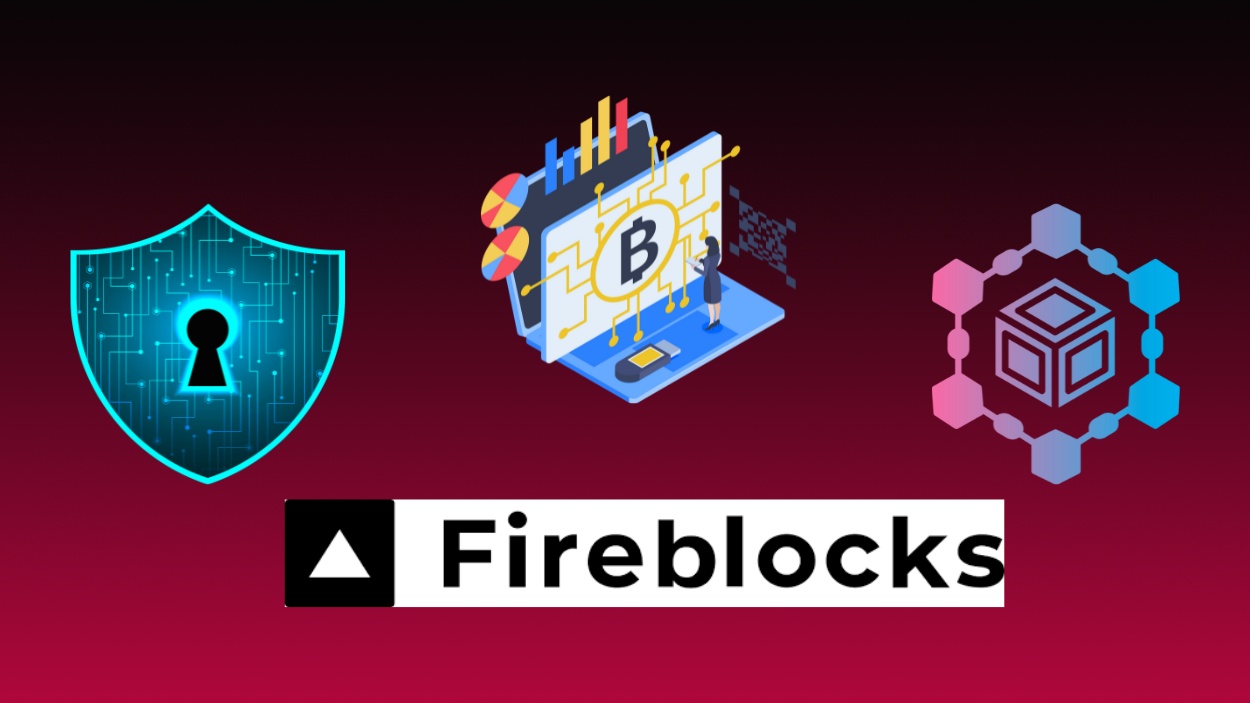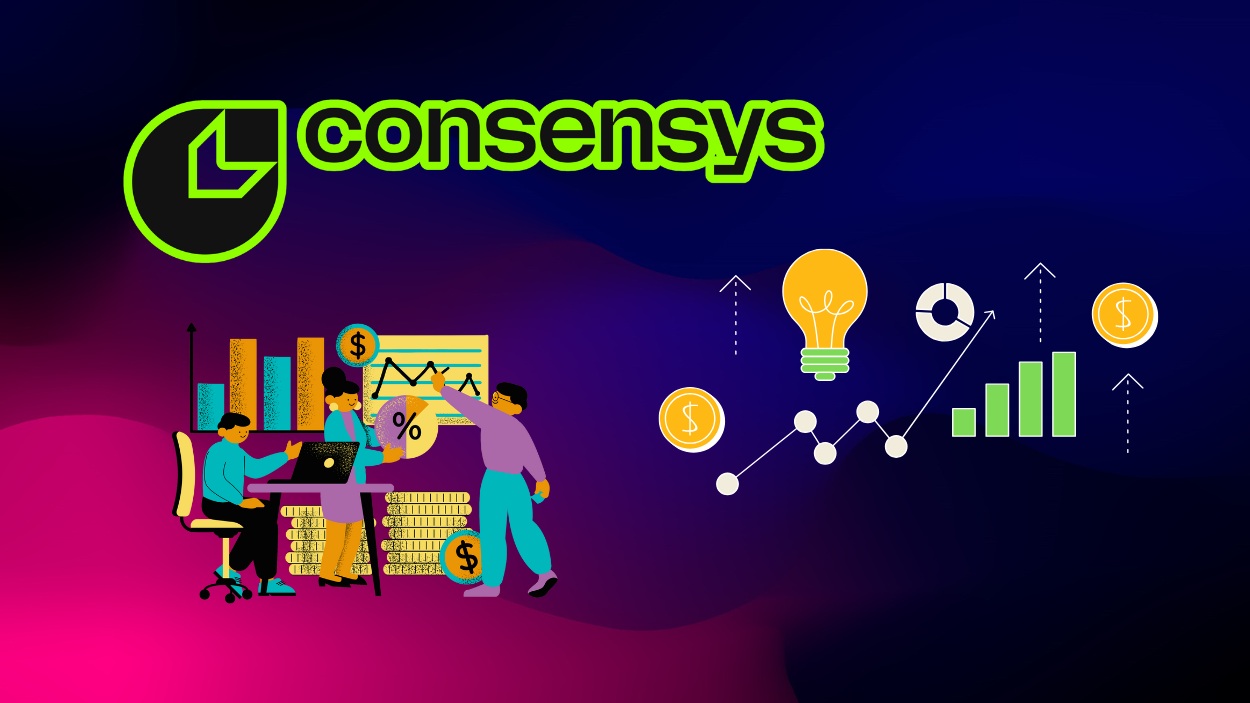In the past few years, cryptocurrency staking has surged in popularity, transforming from a niche activity into a mainstream investment strategy. Unlike traditional mining, staking allows investors to earn rewards by simply holding and “staking” their cryptocurrency in a wallet, contributing to the network’s security and performance.
This new trend offers significant rewards but also presents risks and complexities that investors must understand to maximize their potential. This article delves into the latest staking statistics, exploring key trends, performance metrics, and the factors shaping the staking ecosystem in 2025.
Key Takeaways
- 1Ethereum (ETH) validators earn an average APY of 3.2% in 2025, depending on network activity and validator setup.
- 242% of crypto holders participate in staking, with Ethereum, Solana, and Cardano leading the pack.
- 3The average annual staking reward across major platforms is 6.8%, with some altcoins offering over 12%.
- 4Liquid staking protocols like Lido and Rocket Pool now manage over $50 billion in assets.
Explore Top Staking Assets
- Ethereum (ETH) leads staking with over 37 million ETH staked in 2025, representing about 30% of the total supply.
- Cardano (ADA) has around 71% of its supply staked, amounting to more than $11.2 billion in ADA assets.
- Solana (SOL) maintains $7.4 billion staked, covering approximately 69% of its circulating supply.
- Polkadot (DOT) secures its network with over $5.6 billion staked, reflecting strong participation in governance and security.
- Cosmos (ATOM) has about 60% of its supply staked, worth over $3.4 billion in 2025.
- Avalanche (AVAX) sees 53% of AVAX staked, translating to a network value of around $2.5 billion.
- Polygon (MATIC) now has more than $1.8 billion in staked assets, supporting Ethereum scalability through its sidechain infrastructure.

Leading Staked Cryptocurrencies
As staking expands, several cryptocurrencies stand out due to their community engagement, attractive rewards, and stability in the staking ecosystem.
- Ethereum (ETH) remains the most staked cryptocurrency post-Merge, with 15 million ETH held in staking contracts, valued at over $27 billion.
- Cardano (ADA) holds the highest percentage of staked tokens among major cryptocurrencies, with 74% of ADA’s supply actively staked by its community.
- Solana (SOL), known for its speed and low transaction fees, has 72% of SOL staked, highlighting strong support from its network participants.
- Polkadot (DOT) employs a unique staking model focused on governance, with over 50% of DOT staked, encouraging participants to vote on network changes.
- Cosmos (ATOM), a key player in the interoperability space, has over 62% of its tokens staked, valued at around $3 billion.
- Avalanche (AVAX) shows impressive staking participation, with 55% of its circulating supply staked, reflecting confidence in its performance and incentives.
- Tezos (XTZ) is another top-staked cryptocurrency, with over 75% of its circulating supply staked, reflecting the community’s commitment to its innovative PoS model.
Staking Participation Rates
- Ethereum’s staking participation rate has climbed to 30% of the total supply in 2025, reflecting growing confidence post-PoS transition.
- Cardano (ADA) holds strong with 71% of its circulating supply staked, sustaining one of the highest participation rates.
- Solana (SOL) sees around 69% of its tokens staked, driven by its fast and efficient proof-of-history architecture.
- Polkadot (DOT) maintains a stable 49% participation rate, supported by active governance and community incentives.
- Cosmos (ATOM) records a staking rate of approximately 60%, reinforcing user belief in interoperable blockchain design.
- Polygon (MATIC) shows growth with about 42% of its supply staked, favored for its Ethereum scaling potential.
- Tezos (XTZ) remains a leader with 73% of total supply staked in 2025, underlining long-term community commitment.

Average Staking Yields
Staking yields vary across networks and depend on factors like supply, demand, inflation rates, and network usage, with higher yields often attracting more participants.
- Ethereum (ETH) offers an annual staking yield of 4-5%, balancing reward with its secure, high-demand staking pool.
- Cardano (ADA) has an average yield of 4.5%, offering steady rewards that attract long-term stakers and increase network security.
- Solana (SOL) provides a 5-7% annual yield, incentivizing holders to maintain their stake in the network.
- Polkadot (DOT) offers higher yields, with an average of 8-10%, appealing to those interested in governance and network development.
- Cosmos (ATOM) provides an annual yield of 7-10%, benefiting from a strong ecosystem of interoperable chains.
- Avalanche (AVAX) yields around 9-11% annually, making it attractive for both short-term and long-term stakers.
- Tezos (XTZ) offers yields of around 5-6%, maintaining its appeal through consistent rewards and a loyal community.
ETH Yield from Staking and Priority Tips: Key Insights
- ETH validator yield has seen a steady decline from 20% APR in early 2021 to around 3-4% APR in mid-2024.
- Priority tip yield (measured as a 1-week moving average) was highly volatile in 2021, peaking above 20%, but has also decreased significantly.
- The combined yield (staking + priority tips) was highest during the DeFi and NFT boom in mid-2021.
- From 2022 onwards, both yield components showed a consistent downward trend, indicating network stabilization and reduced transaction fee spikes.

Calculate Your Staking Rewards
Staking rewards can vary significantly based on the chosen cryptocurrency, the amount staked, and the network’s yield structure. Here’s a quick look at how some top-staked assets perform in terms of potential earnings:
- Staking 10 ETH at an average yield of 4% can yield around 0.4 ETH annually, offering a stable yet growing return in Ethereum’s robust ecosystem.
- Investing in 10,000 ADA with a 4.5% yield would generate approximately 450 ADA yearly, rewarding Cardano supporters for their stake.
- Holding 500 SOL for a year at a 6% yield can yield about 30 SOL in rewards, adding to Solana’s appeal as a high-speed network with generous returns.
- A 1,000 DOT stake can return around 80-100 DOT annually at Polkadot’s 8-10% yield, attractive for those who value governance participation.
- Staking 200 ATOM at a 7% yield can earn 14 ATOM per year, with Cosmos offering competitive returns for its interoperable ecosystem.
- Staking 100 AVAX at a 10% yield could provide 10 AVAX in annual returns, making Avalanche a strong choice for those seeking higher rewards.
- Tezos (XTZ) holders staking 1,000 XTZ at a 5.5% yield would earn approximately 55 XTZ annually, benefiting from the stable rewards.
ETH Staking Landscape: Who Holds the Power?
- Lido remains the largest ETH staking entity, controlling 27.7% of all staked ETH.
- Unidentified stakers account for a substantial 19.9%, highlighting a large segment of decentralized or private participants.
- Centralized exchanges like Coinbase (8.4%) and Binance (6.4%) hold a significant share, underlining continued institutional influence.
The ETH staking market showcases a mix of decentralization and centralization, with liquid staking protocols, exchanges, and independent validators all playing a role.

The Role of Validators and Delegators in Staking
The staking ecosystem relies heavily on the collaboration between validators and delegators. Validators are responsible for verifying transactions, adding new blocks, and maintaining the network’s security, while delegators contribute their tokens to validators to earn rewards.
- Validators on Ethereum are required to lock up 32 ETH to participate, creating a barrier that ensures only committed entities manage the network.
- Delegators allow individuals with smaller holdings to participate in staking by delegating their assets to validators. They receive a share of the rewards without the technical responsibilities.
- Cardano’s staking model has embraced both validators and delegators, with over 1,200 stake pools supporting decentralized control.
- Solana has a similar setup, enabling users to delegate their SOL tokens to validators, helping maintain network speed and reliability.
- Polkadot assigns validators through its Nominated Proof of Stake (NPoS) model, where nominators (delegators) select validators, helping decentralize the network.
- Cosmos uses a Delegated Proof of Stake (DPoS) model, allowing ATOM holders to delegate their tokens to validators and earn a share of the staking rewards.
- Polygon’s sidechain depends on a set of validators and a large pool of delegators to secure its network, providing incentives for Ethereum scaling.
Staking Yields & Ratios Across Top Blockchains
- ATOM leads in staking yield with a return of 18% alongside a solid 59% staking ratio.
- DOT and XTZ offer attractive yields of 11% and 10%, with staking ratios of 56% and 68%, respectively.
- AVAX and APT show strong adoption, with staking ratios of 58% and a chart-topping 78% for APT.
- SOL maintains a balanced position with a 7% yield and 67% ratio, signaling strong community support.
- ETH, despite its popularity, offers a modest 3% yield with a lower 28% staking ratio.
- ADA and SUI both offer a 3% yield but differ in staking participation ,62% for ADA and a high 77% for SUI.
- HBAR has the lowest yield at just 0.2%, though its 44% staking ratio shows moderate network engagement.

Proof of Stake (PoS) versus Proof of Work (PoW)
The shift from Proof of Work to Proof of Stake marks a fundamental evolution in blockchain technology, influencing energy consumption, decentralization, and security.
- Proof of Stake (PoS) networks are generally more energy-efficient, reducing energy consumption by 99.9% compared to PoW, as seen in Ethereum’s transition to PoS.
- Proof of Work (PoW), used by Bitcoin, requires high computational power, leading to substantial electricity use; Bitcoin mining consumes 91 terawatt-hours annually, comparable to the power usage of small countries.
- Ethereum’s PoS switch has cut its energy consumption significantly, with the network now consuming less than 0.01% of Bitcoin’s energy usage.
- Staking in PoS provides a more environmentally friendly way to earn rewards and participate in network security.
- Network security in PoW is achieved by miners solving complex algorithms, while PoS relies on validators staking assets, aligning economic interests with network integrity.
- PoS is seen as more accessible, with lower entry barriers compared to PoW mining, which requires specialized hardware and significant upfront costs.
- Consensus speed is generally faster on PoS networks, which enhances the scalability and efficiency of transactions compared to the more resource-intensive PoW process.
The Necessity of an On-Chain Reference Rate for ETH Staking Yield
As staking matures, there is an increasing need for a standardized, on-chain reference rate for Ethereum staking to enhance transparency and consistency in reward calculations.
- On-chain reference rates help provide standardized yield data across different platforms, supporting accurate yield benchmarking.
- ETH staking yield varies across platforms like Coinbase, Lido, and individual validators, creating discrepancies that could be reduced by a common reference rate.
- A reference rate for Ethereum could help institutional investors compare staking yields, potentially driving more capital into ETH staking.
- Transparency in yield can improve user confidence, as it standardizes expectations across various staking providers.
- The reference rate could enhance Ethereum’s financial ecosystem, as a reliable yield benchmark would benefit DeFi applications using ETH as collateral.
- Institutional staking services increasingly support a reference rate for yield benchmarking to facilitate comparison, especially across liquid staking platforms.
- The development of an ETH reference rate could parallel that of traditional finance benchmarks, such as the LIBOR for loans, adding maturity to the staking market.
Regulatory Developments in Staking
Regulatory attention on staking is increasing as governments assess how to integrate these models into existing financial frameworks, impacting both participants and platforms.
- The SEC in the United States has signaled interest in regulating staking rewards as securities, which may lead to increased compliance requirements.
- European Union’s MiCA framework includes provisions for PoS-based assets, aiming to protect investors and improve transparency in staking services.
- South Korea is developing regulatory standards for staking as part of its broader cryptocurrency regulation, supporting the safe growth of PoS assets.
- Singapore has been progressive, allowing regulated staking for institutions under the Payment Services Act, encouraging innovation.
- Japan’s Financial Services Agency recently allowed regulated staking services, adding legal clarity and fostering local adoption.
- The IRS in the U.S. may introduce tax guidelines specifically for staking rewards, aiming to clarify the tax implications for retail and institutional stakers.
- China’s stance on staking remains cautious, with restrictions on domestic participation, though interest persists in offshore markets.
Recent Developments
Recent advancements and milestones in staking highlight the pace of innovation and the ecosystem’s rapid growth.
- Ethereum’s staking rate has exceeded 52% in 2025, fueled by rising demand and clearer U.S. regulations for digital assets.
- Staking pools and DPoS systems now serve over 38% of all retail stakers in 2025, offering lower fees and user-friendly platforms.
- Ether staking yields an average of around 4.6% in 2025, outpacing the Federal Reserve’s 3.75% rate, making staking more appealing.
- Crypto market cap climbed from $3 trillion to $3.7 trillion in 2025, reflecting institutional inflows and market maturity.
- Staking platforms now provide insurance coverage on over $28 billion worth of assets, along with stronger anti-slashing protection.
Conclusion
Cryptocurrency staking has transformed the way users engage with blockchain networks, offering rewards for participation in network security without the need for intensive mining resources. The ecosystem continues to grow with innovations like liquid staking, institutional involvement, and evolving regulatory frameworks. As staking gains traction, it’s reshaping the financial landscape, appealing to a diverse range of participants from retail investors to large institutions. By staying informed about staking metrics, trends, and regulatory changes, investors can make strategic decisions and capitalize on the potential rewards of staking in 2025.
Hover or focus to see the definition of the term.



























































TJ Reynolds
Nice rundown on the staking scene! got me thinking about diving deeper into crypto, especially staking. Liquid staking and restaking trends caught my eye. Seems like the crypto world’s always got something new popping up.